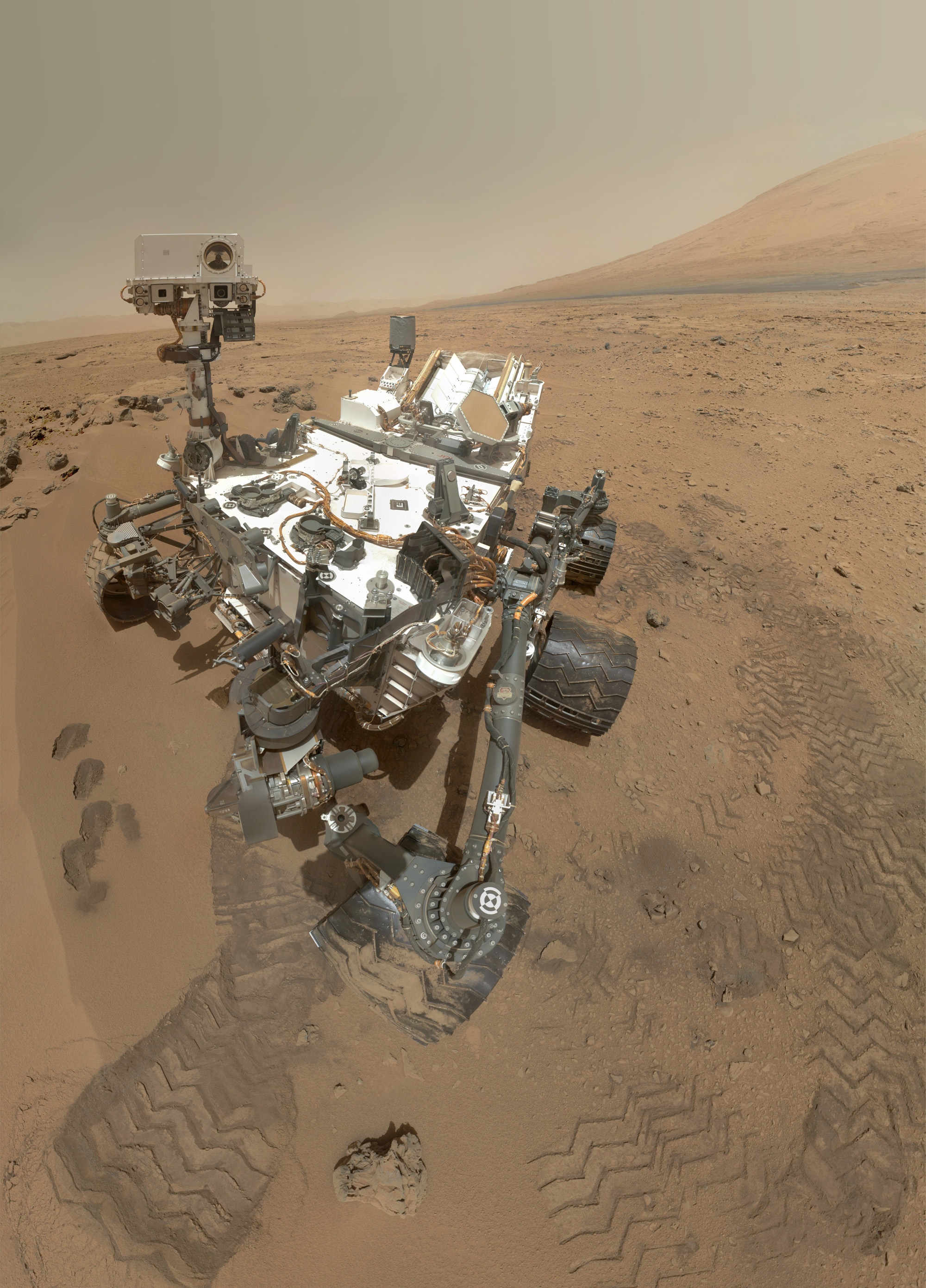
SAN FRANCISCO — NASA will launch a new Mars rover in 2020, agency officials announced today (Dec. 4).
The unmanned rover's chassis and landing system will be based heavily on NASA's $2.5 billion Curiosity rover, which has been tooling around the Red Planet since August of this year, said John Grunsfeld, NASA's associate administrator for science.
"We have a whole new Mars mission, and I'm very excited about that," Grunsfeld said here today at the annual fall meeting of the American Geophysical Union.
The similarity to Curiosity's basic design should allow the agency to save significant amounts of money on the 2020 rover mission, bringing its estimated cost down to about $1.5 billion, give or take $200 million or so, Grunsfeld said. [The Boldest Mars Missions in History]
Some basic guidelines for the mission are already in place. The 2020 rover should help NASA prepare for its eventual goal of bringing samples from Mars back to Earth — an effort most scientists regard as the best way to look for signs of life on the Red Planet.
"I think, no question, we want to advance sample handling, coring, analysis of samples to determine caching [of samples]," Grunsfeld said.
The new rover should also land at a site selected for its ability to preserve potential signs of life, according to Grunsfeld's presentation.
Breaking space news, the latest updates on rocket launches, skywatching events and more!
The precise details of the new mission, however, remain up in the air. They will be determined over the coming months by a "science definition team," with a call for instrument proposals from the scientific community expected by mid-summer next year.
"While 2020 may seem a long way off, it's really not," Grunsfeld said. "Curiosity was about a decade in the works."
The White House's proposed 2013 federal budget cut funding for NASA's Mars program considerably, spurring the agency to scale back and replan its Red Planet activities. The 2020 rover emerged after this fundamental rethink, and NASA should be able to mount the mission under its current budget scenario, Grunsfeld said.
"The Obama administration is committed to a robust Mars exploration program," NASA Administrator Charles Bolden said in a statement. "With this next mission, we're ensuring America remains the world leader in the exploration of the Red Planet, while taking another significant step toward sending humans there in the 2030s."
Aiming the rover for a 2020 launch, Grunsfeld said, allows NASA to keep contributing to two European-led Mars missions slated to lift off in 2016 and 2018, respectively — the Trace Gas Orbiter and the ExoMars rover.
Curiosity landed on Mars Aug. 5, dropped onto the surface by a rocket-powered sky crane. It's now four months into a two-year prime mission to determine if the Red Planet can, or ever could, support microbial life. The 1-ton rover carries 10 different science instruments to aid this quest.
And one of the agency's previous rovers, Opportunity, is still going strong after almost nine years on the Red Planet.
Follow SPACE.com senior writer Mike Wall on Twitter @michaeldwallor SPACE.com @Spacedotcom. We're also on Facebookand Google+.
Join our Space Forums to keep talking space on the latest missions, night sky and more! And if you have a news tip, correction or comment, let us know at: community@space.com.

Michael Wall is a Senior Space Writer with Space.com and joined the team in 2010. He primarily covers exoplanets, spaceflight and military space, but has been known to dabble in the space art beat. His book about the search for alien life, "Out There," was published on Nov. 13, 2018. Before becoming a science writer, Michael worked as a herpetologist and wildlife biologist. He has a Ph.D. in evolutionary biology from the University of Sydney, Australia, a bachelor's degree from the University of Arizona, and a graduate certificate in science writing from the University of California, Santa Cruz. To find out what his latest project is, you can follow Michael on Twitter.
